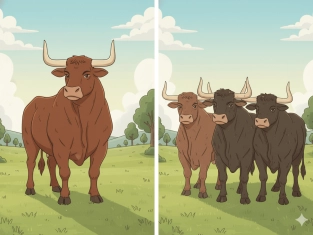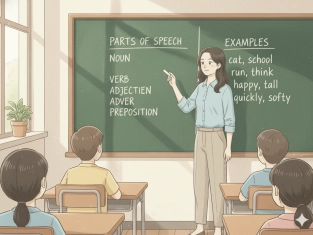Stative Verbs
Table of Contents
Exercises
Explanation
Stative Verbs (Non-Action Verbs)
Because stative verbs describe status, not activity, they are not usually used in continuous (-ing) forms, even when speaking about the present. Instead, we normally use the Present Simple.
These verbs frequently relate to:
-
Mental processes (thinking, knowing, remembering)
-
Emotions (liking, loving, disliking)
-
Possession (having, owning, belonging)
-
Senses (seeming, tasting, sounding, smelling—when describing a quality, not an action)
-
General states or conditions (needing, wanting, preferring)
Examples of common stative verbs
|
Category |
Verbs |
Example sentence |
|
Emotions |
like, love, hate, prefer |
I love rainy days. She hates loud music. |
|
Thinking & knowing |
know, believe, understand, remember |
I know the answer. He believes in hard work. |
|
Possession |
have, own, belong |
They have two children. This book belongs to Anna. |
|
Senses (description) |
taste, smell, sound, see, hear |
The flowers smell wonderful. This idea sounds interesting. |
|
Other states |
seem, need, want, mean |
I need more time. They want a bigger house. |
Stative verbs usually do NOT take -ing
Not correct:
-
I am knowing the answer.
-
She is having a car.
Correct:
-
I know the answer.
-
She has a car.
Some verbs can be both stative and action verbs (different meanings)
Certain verbs change meaning depending on whether they describe a state or an action:
|
Verb |
Stative meaning (simple) |
Action meaning (continuous) |
|
have |
have a car (possess) |
be having lunch (eating) |
|
think |
think it's true (believe) |
be thinking about it (considering) |
|
see |
see a bird (perceive) |
be seeing a dentist (meeting/appointment) |
|
taste |
the food tastes salty (quality) |
she is tasting the food (trying) |
|
be |
she is kind (character) |
she is being rude (temporary behaviour) |
Knowing this difference helps you speak more clearly and naturally.
Helpful Tip
If a verb describes an idea, feeling, or state of being, it is likely a stative verb.
If it describes something you can physically do, it is usually a dynamic (action) verb.
Summary
-
Stative verbs describe feelings, thoughts, senses, possession, and states.
-
They usually do not use -ing.
-
Some verbs change meaning depending on whether they express a state or an action.

